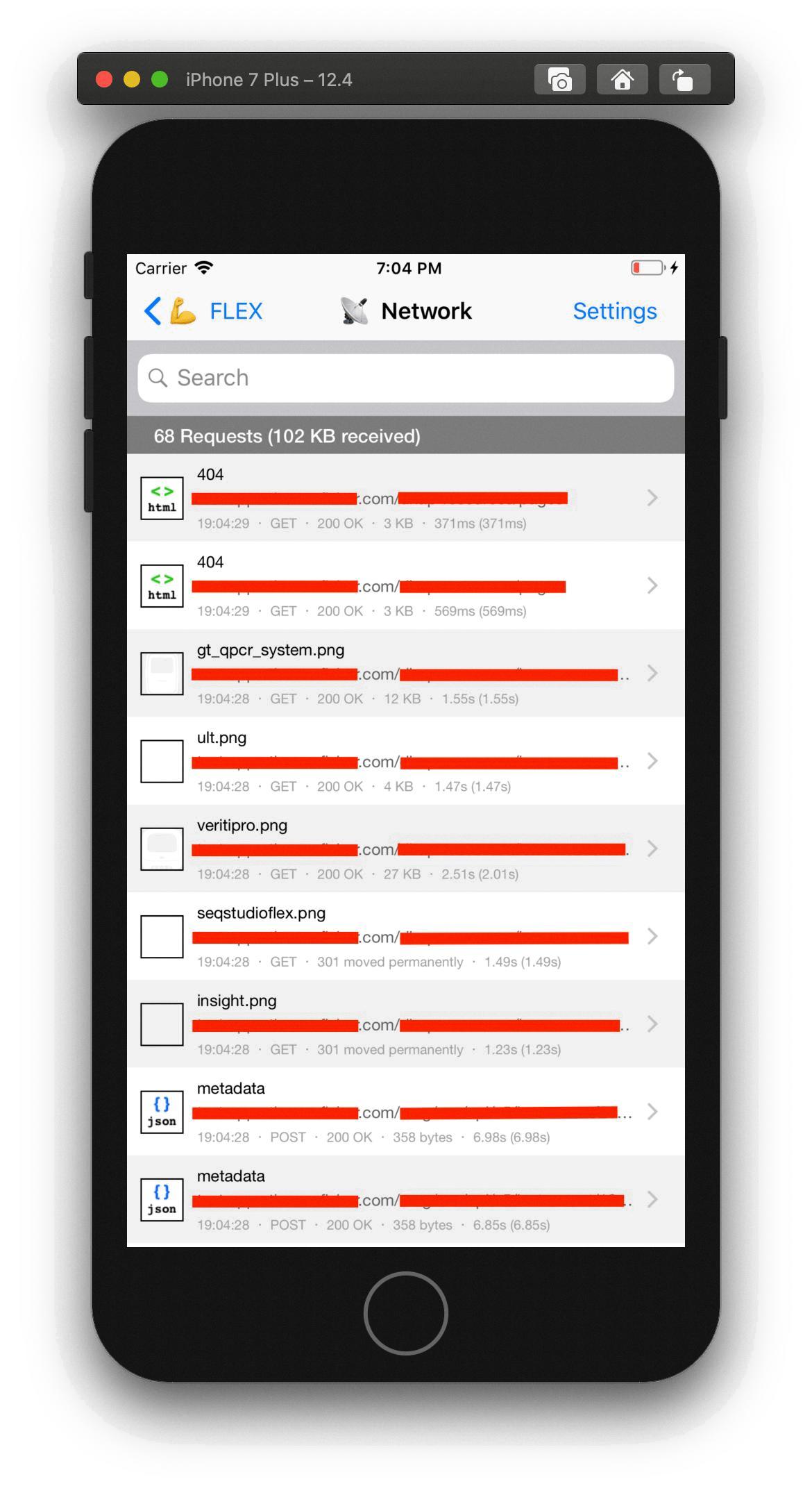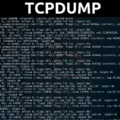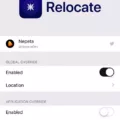Capturing network traffic on an iPhone can be a valuable tool for diagnosing and troubleshooting various network-related issues. Whether you’re a developer looking to debug your app’s networking problems or a network administrator trying to identify and resolve connectivity issues, capturing network traffic can provide valuable insights.
Fortunately, there are a few methods available to capture network traffic on an iPhone. One common approach is to use a packet tracing tool like Proxyman or Storm Sniffer. These tools allow you to capture HTTP and HTTPS traffic on your iOS device, providing you with detailed information about the requests and responses being sent and received.
To get started with packet tracing on your iPhone, you’ll first need to connect your device to your Mac using a USB cable. Once connected, you can use the Remote Virtual Interface (RVI) mechanism to record a packet trace on your iOS device.
To capture HTTP and HTTPS traffic on your iPhone using Proxyman, you’ll need to download the Proxyman CA Certificate from the website http://proxy.man/ssl. Once downloaded, open the Settings app on your iPhone and navigate to the “Downloaded Profile” section. Select the Proxyman CA Certificate and install it.
Next, open the Settings app and go to the “General” section. Scroll down and select “About,” then tap on “Certificate Trust Settings.” Toggle the switch next to Proxyman CA to enable it.
Once the Proxyman CA Certificate is installed and trusted, you can open the Proxyman app on your Mac and start capturing HTTP and HTTPS traffic from your iPhone. Simply reload your app on your iPhone, and you should see the captured traffic in Proxyman.
Alternatively, you can use Storm Sniffer to capture and inspect HTTP and HTTPS requests and responses on your iOS device. This tool allows you to debug your app’s networking issues directly on your iPhone, without the need for a computer. Simply install and open Storm Sniffer on your iPhone, and you’ll be able to capture and analyze network traffic within the app.
Another method to capture network traffic on your iPhone is by using a local VPN. There are several apps available on the App Store that provide this functionality. By installing and configuring a local VPN on your iPhone, you can capture HTTP and HTTPS traffic directly on your device.
Capturing network traffic on your iPhone can be a powerful tool for diagnosing and troubleshooting various network-related issues. Whether you’re a developer or a network administrator, being able to analyze the requests and responses being sent and received can help you identify and resolve connectivity problems. By using tools like Proxyman, Storm Sniffer, or a local VPN, you can easily capture and analyze network traffic on your iPhone.
How Do You Capture Network Packets on Your iPhone?
To capture network packets on your iPhone, you can use the Remote Virtual Interface (RVI) mechanism with the help of your Mac. Here’s a step-by-step guide to set up iOS packet tracing:
1. Connect your iPhone to your Mac using a USB cable.
2. Open Terminal on your Mac. You can find it in the Utilities folder within the Applications folder.
3. In Terminal, run the “rvictl” command followed by the “-s” option and your device’s UDID (Unique Device Identifier). To find the UDID, you can go to iTunes and click on your device’s serial number until it displays the UDID. The command should look like this:
“`
Rvictl -s
“`
Replace “ with your device’s UDID.
4. Once the command is executed, it will enable the Remote Virtual Interface and create a virtual network interface on your Mac for the connected iPhone.
5. To start capturing network packets, run a packet capture tool on your Mac. Wireshark is a popular choice, but there are other options available as well.
6. In the packet capture tool, select the virtual network interface created by the RVI. It might be named something like “rvi0” or “enX” (X being a number).
7. Configure the packet capture tool to start capturing packets on the selected interface.
8. On your iPhone, perform the network activities or use the app for which you want to capture the packets.
9. The packet capture tool will record the network traffic between your iPhone and the internet.
10. Once you have captured the desired packets, you can analyze them in the packet capture tool to gain insights into the network communication.
Important note: To use the rvictl command, you need to have Xcode installed on your Mac. Additionally, make sure your iPhone has trusted your Mac and is unlocked during the packet capture process.

How Do You Capture Https Traffic on Your iPhone?
To capture HTTPS traffic on your iPhone, you can follow these steps:
1. Visit the website “http://proxy.man/ssl” on your iPhone’s Safari browser.
2. On the website, you will find a link to download the Proxyman CA Certificate. Tap on the link to start the download.
3. Once the download is complete, open the Settings app on your iPhone.
4. Scroll down and tap on “Downloaded Profile” or “Profile Downloaded” (depending on your iOS version).
5. In the downloaded profiles list, you should see the Proxyman CA certificate. Tap on it to open the certificate details.
6. On the certificate details page, tap on the “Install” button in the top-right corner.
7. Follow the on-screen instructions to install the certificate. You may need to enter your iPhone passcode or confirm the installation.
8. After the certificate is installed, go back to the Settings app and tap on “General”.
9. Scroll down and tap on “About” to open the About section.
10. In the About section, scroll down and tap on “Certificate Trust Settings”.
11. On the Certificate Trust Settings page, you will find a toggle switch next to “Proxyman CA”. Toggle it to enable trust for the certificate.
12. Close the Settings app and open the app you want to capture HTTPS traffic from.
13. Reload the app or perform actions that trigger network requests to see the captured HTTPS traffic in Proxyman.
What is the iPhone App That Monitors Network Traffic?
The iPhone app that monitors network traffic is called PRTG. It is a unique and user-friendly iOS viewer specifically designed for network monitoring. This app allows users to access monitoring data directly from the PRTG server, which should be version 13 or higher. By connecting to the server, PRTG displays the network monitoring information in a straightforward and easily accessible manner on your iPhone or iPad. This app provides a comprehensive overview of the entire network environment, making it an essential tool for network administrators and IT professionals.
Is There a Packet Sniffer for iOS?
There is a packet sniffer available for iOS called Storm Sniffer. This tool allows you to capture and inspect HTTP and HTTPS requests and responses directly on your iOS device. It provides an easy way to debug networking issues without the need for a computer.
Here are some key features of Storm Sniffer:
1. Packet Capture: Storm Sniffer uses a local VPN to capture HTTP and HTTPS traffic from iOS devices. This means that you can capture network packets on your device without requiring any external hardware or additional setup.
2. HTTP and HTTPS Support: Storm Sniffer can capture both HTTP and HTTPS traffic, allowing you to analyze encrypted communication as well. This is particularly useful when debugging issues related to secure connections.
3. Inspect Requests and Responses: With Storm Sniffer, you can view and analyze the content of HTTP requests and responses. This includes headers, parameters, and the actual data being sent and received by your app or website.
4. Easy Debugging: The tool provides a user-friendly interface that allows you to easily navigate through captured packets and inspect their details. This helps in identifying and resolving networking issues more efficiently.
5. No Computer Required: Unlike traditional packet sniffers that require a computer or external hardware, Storm Sniffer runs directly on your iOS device. This makes it convenient for developers and network administrators who want to debug network traffic on the go.
Storm Sniffer is a packet sniffer designed specifically for iOS devices. It enables you to capture and analyze HTTP and HTTPS traffic, making it easier to debug networking issues directly on your iPhone or iPad without the need for a computer.
Conclusion
Capturing network traffic on an iPhone can be done using various methods such as packet tracing, using a network monitoring tool like PRTG, or using a packet capture app like Storm Sniffer. Each method has its own advantages and limitations.
Packet tracing using the Remote Virtual Interface (RVI) mechanism allows you to record a packet trace on your iOS device using your Mac. This method requires connecting your iPhone to your Mac via USB and running the rvictl command in Terminal. It provides a way to capture and analyze HTTP(s) traffic on your device.
Using a network monitoring tool like PRTG is another option for capturing and viewing network traffic on your iPhone. This requires setting up and configuring the PRTG server (version 13 or higher) and then accessing the monitoring data directly from your iPhone or iPad. PRTG provides a clear and simple iOS viewer for monitoring your network environment.
If you prefer to capture and inspect HTTP/HTTPS requests and responses directly on your iOS device without a computer, using a packet capture app like Storm Sniffer is a great choice. This app allows you to easily debug your app’s networking issues by capturing and analyzing the network traffic on your device.
Lastly, capturing HTTP/HTTPS traffic from iOS devices using a local VPN is another option. This method involves setting up a virtual private network (VPN) on your iOS device and capturing the network traffic through the VPN. This allows you to capture and analyze the HTTP/HTTPS traffic on your device without the need for a computer.
Capturing network traffic on an iPhone is possible using various methods, and the choice depends on your specific requirements and preferences. Whether you prefer packet tracing, network monitoring tools, packet capture apps, or local VPNs, there are options available to help you analyze and debug network issues on your iOS device.








